Multinational green corporations such as World Wildlife Fund are taking millions of dollars from well-meaning and naive people concerned about the welfare of a very cute, but irruptive species that is in absolutely no danger of extinction — the koala. These ‘charities’ are subsidised by Australian taxpayers. Supposedly conservative governments are falling over themselves to jump on the bandwagon seeking green votes.
The Nine Entertainment newspapers claim a new koala protection policy will be launched next Monday by federal Environment Minister Sussan Ley, potentially putting the Morrison Government on a collision course with state leaders. Whatever happens, a bidding war for green votes, on both sides of politics, at all three levels of government, will continue to escalate.
Ley’s $18 million koala bid is small beer compared to the $45 million offer by her New South Wales counterpart Matt ‘Green’ Kean. The centrepiece of the new federal policy is reported to be a population census which will supposedly set a “baseline” for population data and identify key habitat areas in the koalas’ range across Queensland, NSW, Victoria and South Australia.
European explorers and pioneering pastoralists set a baseline in the early nineteenth century. They didn’t see any. Koalas are rare in healthy mature forests. In the 1840s, famous naturalist John Gould wrote that koalas were “nowhere very abundant” and could “rarely be detected”. Consequently, he predicted their extinction. Historian Bill Gammage stated in his award-winning book The Greatest Estate on Earth that koala habitats were “distinct, lightly populated and few”, but as Europeans occupied country, “within a few decades they were a plague”.
Koalas irrupted after Europeans disrupted Aboriginal burning and established improved pastures because they rely on tender, juicy young leaves and shoots for nutrition. Dense young forests grew up in the foothills and trees retained in pastures continuously resprouted soft young growth as they declined. Browsing by rapidly increasing koala populations hastened their decline. The unsustainably dense populations started to suffer malnutrition and disease.
Shooting koalas and using their fur was a humane and economic response to the animal welfare crisis, but it didn’t control the irruptions. Populations in pastures and rangelands crashed during the federation drought when soft young growth frizzled and trees in pastures died. Koalas were supposed to be extinct in New South Wales and South Australia and “sadly depleted” in Victoria by the 1930s.
However, healthy sparse koala populations persisted in forests. They were invisible because each koala had a large home range with thousands of trees. Healthy populations have chlamydia, but the disease chlamydiosis is a consequence of overcrowding and malnutrition. Most young koalas in healthy habitat starve because it is fully occupied by their parents. Only a few lucky ones are able to outcompete some old malnourished koalas with worn-out teeth.
When rural lands recovered after the drought, young koalas were able to repopulate them. A NSW mail out survey in 1949 turned up 109 sightings across the state. In 1966 a Professor from Monash said that few Australians have ever seen a wild koala. By 1976 a symposium of 43 experts at Taronga Zoo reported large growing populations and unanimously agreed that they were in no danger of extinction. None of the current crop of experts was there.
Since the 1980s large areas of forests have been locked up as reserves, and ecological maintenance by mild burning has been reduced. Mature trees are declining and dense young scrub is booming. Koalas are irrupting through forests along with volatile 3D continuous fuels which inevitably feed unstoppable firestorms and ember showers in extreme weather.
Before Black Summer I wrote that “Koalas are a rare species in healthy forests. Where they are plentiful, their numbers must inevitably crash, and fires will inevitably explode”. Our self-inflicted gigafires are certainly an animal welfare crisis for koalas but they are of no consequence for the conservation of the species. There is more soft young growth in the landscape now than there was before the fires.
The koala population in Victoria’s Strzelecki Ranges is supposedly the most important in that state. Koalas are still there in unsustainably high densities after some of the most intensive clearing ever done in Australia, nearly a century of timber planting and harvesting, both softwoods and hardwoods, and 20 high-intensity wildfires in 200 years.
The Ministers should heed advice from scientific land managers and use the millions to restore healthy and safe forests with sparse but sustainable koala populations.
Vic Jurkis is a former NSW Forestry Commission professional forester, Officer in Charge of the Forestry Commission’s Regional Research Centre at Eden, the Forestry Commission’s Regional Planning Manager at Eden and Silviculturist for the Commission’s Native Forest Division, responsible for forest management across the State. In 2004 he was awarded a Fellowship by the Joseph William Gottstein Memorial Trust, to investigate eucalypt decline across Australia. He has published two books, Firestick Ecology, and The Great Koala Scam, both available from Connor Court
Got something to add? Join the discussion and comment below.
Get 10 issues for just $10
Subscribe to The Spectator Australia today for the next 10 magazine issues, plus full online access, for just $10.

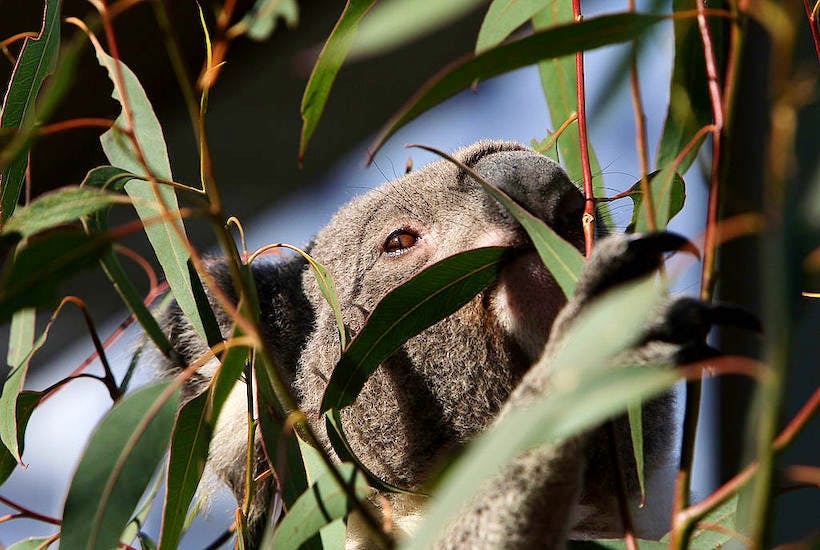
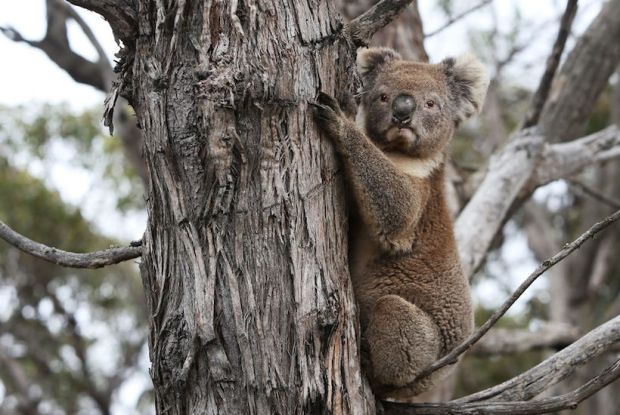
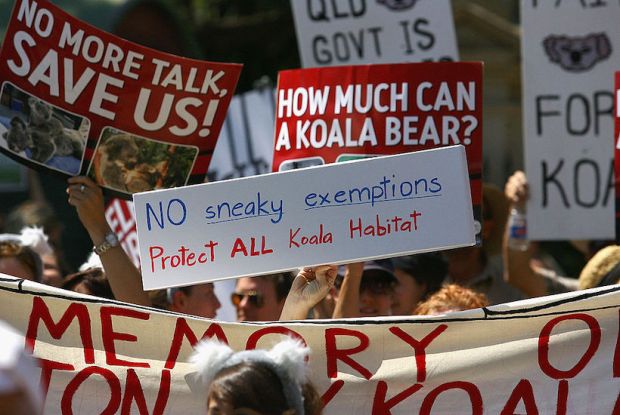
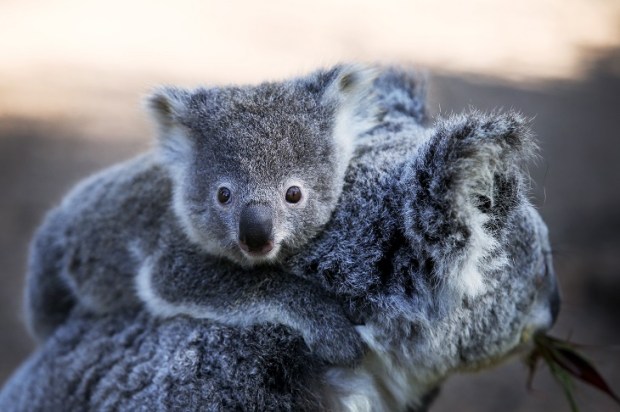
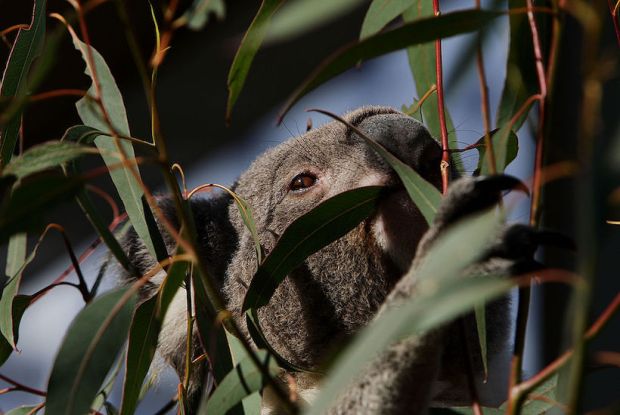
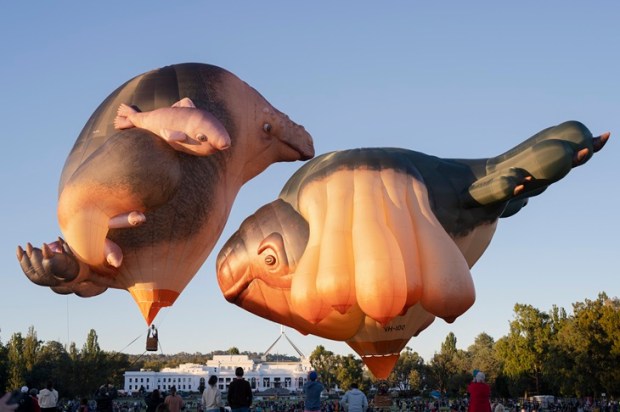
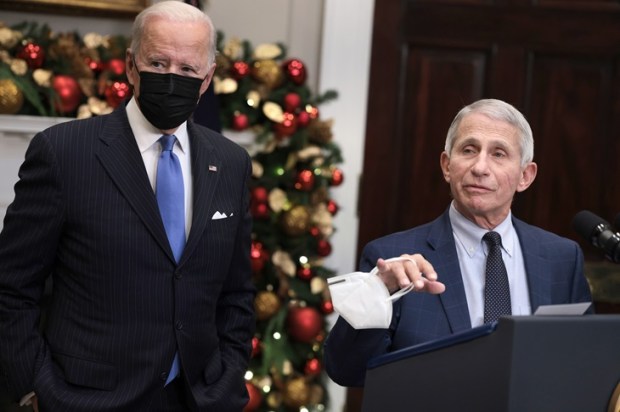


















Comments
Don't miss out
Join the conversation with other Spectator Australia readers. Subscribe to leave a comment.
SUBSCRIBEAlready a subscriber? Log in